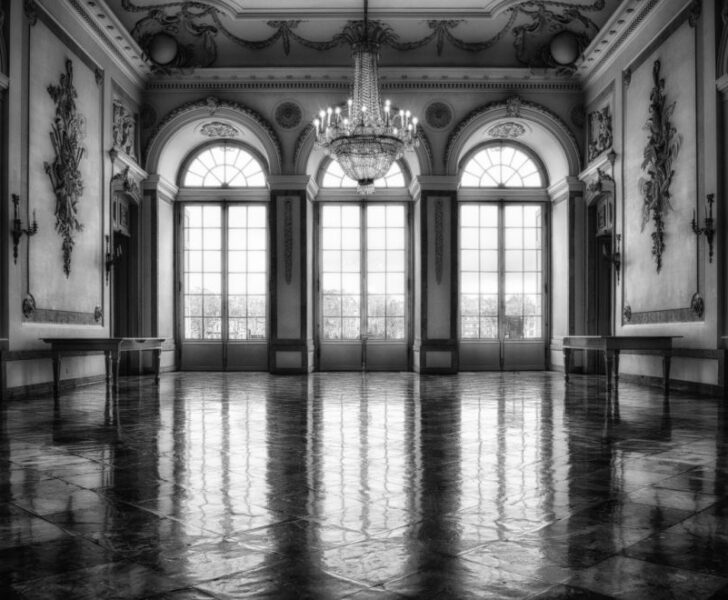”Toyo Ito – A Glimpse into the World of Japanese Architecture”

Toyo Ito: An Overview of the Japanese Architect’s Artistry
Introduction:

Toyo Ito, a prominent figure in contemporary Japanese architecture, is renowned for his innovative and thought-provoking designs. This article delves into the intricacies of Toyo Ito’s architectural style, exploring the various types and popular examples within the field. Additionally, we will examine quantitative measurements regarding the impact of his creations. Furthermore, the article will discuss the diversity and distinctions among different architects practicing in Japan. Lastly, a historical discourse on the advantages and disadvantages of various approaches in Japanese architectural design will be presented.
Exploring the Realm of Japanese Architect Toyo Ito
Toyo Ito’s Architecture: An Unveiling of Creativity and Vision:
To fully comprehend the genius of Toyo Ito’s architecture, it is crucial to understand the overarching principles that define his work. His designs often display a fusion of traditional Japanese aesthetics with modern sensibilities, allowing him to create visually stunning and functionally efficient structures. Ito’s architecture seamlessly merges the surrounding environment with his creations, thereby establishing a harmony between the manmade and natural elements.
Unveiling the Face of Japanese Architect Toyo Ito
A Multitude of Architectural Styles and Influences:
Toyo Ito’s architectural repertoire incorporates an array of styles that cater to the diverse needs and preferences of clients. From minimalist designs that exude simplicity to avant-garde creations that push boundaries, Ito’s versatility is evident. Some of his popular designs include the Sendai Mediatheque, Tama Art University Library, and Meiso no Mori Funeral Hall. These structures not only enchant viewers but also demonstrate his unwavering commitment to blending form and function seamlessly.
Quantitative Insights into the Impact of Toyo Ito’s Architecture
Measuring the Impact of Toyo Ito’s Architectural Masterpieces:
To ascertain the influence and reach of Toyo Ito’s creations, various quantitative measurements can be explored. These include the number of accolades and awards received by his designs, the economic impact of his projects on the surrounding areas, and public perception through surveys and feedback. Such data provides an objective lens to gauge the significance of Toyo Ito’s architectural contributions.
Distinguishing the Diversity within Japanese Architecture
The Unique Styles of Japanese Architects:
While Toyo Ito stands out as a remarkable architect, it is important to acknowledge the diversity that the Japanese architectural landscape offers. Architects such as Tadao Ando, Kazuyo Sejima, and Kengo Kuma have made substantial contributions to the field, each with their unique approach and aesthetic. From brutalist designs to organic structures inspired by nature, Japanese architects offer a plethora of styles, ensuring that there is something for every taste.
A Historical Perspective: Weighing the Pros and Cons of Different Architectural Approaches in Japan
A Journey through Time: Examining the Pros and Cons of Japanese Architecture:
Understanding the historical context of Japanese architecture helps shed light on the advantages and disadvantages of various approaches. Traditional designs, such as the classic wooden houses and temples, evoke a sense of cultural heritage but may lack the functionality desired in modern times. In contrast, contemporary architectural styles emphasize flexibility and adaptability, but may sometimes compromise on preserving traditional aesthetics. It is essential to strike a balance between maintaining architectural heritage and embracing innovations for the benefit of future generations.
Conclusion:
Toyo Ito’s contribution to the field of Japanese architecture is immeasurable, with his designs captivating audiences globally. From the fusion of traditional and modern elements to his versatile and innovative approach, Ito’s work encapsulates the essence of contemporary Japanese architecture. However, it is imperative to remember that Toyo Ito is just one of many extraordinary architects in Japan, each contributing to the diverse architectural landscape. By understanding the historical context and weighing the pros and cons of various approaches, we can appreciate the richness and variability of Japanese architectural styles. As we continue to embrace and evolve with the changing times, we must strive to blend tradition and innovation to create spaces that inspire and endure.











